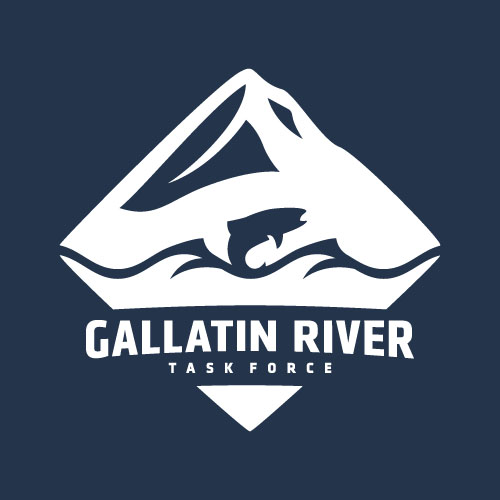As if we needed another reason to stop eating bacon cheeseburgers, it turns out that greasy foods are clogging more than just our arteries. According to the Big Sky Water and Sewer District, fats, oils and greases, or FOGs, are also clogging Big Sky’s sewer system, leading to nasty overflows and damaging vital infrastructure.
“We’ve all seen the fat that congeals in the bacon pan,” said Grant Burroughs, wastewater superintendent for the Big Sky Water and Sewer District. “Now multiply that by a million.” That’s a rough “estimate” of the volume of FOGs flowing from town’s restaurants, bars and hotels, and into the sewer system, but how are they getting there and how can they be stopped?
As with many of the challenges facing the community of Big Sky, the FOG issue has been exacerbated by rapid growth. “The vast majority of the problem comes from commercial businesses,” Burroughs said. “We have more restaurants cooking food with butter and grease.”
Most restaurants have a solution for separating FOGs from other wastewater, but that solution only works if it’s maintained. Grease traps, as they’re aptly named, are designed to filter out the majority of the fatty residue that gets washed off dishes and down the drain. Over time, grease builds up in the traps, but if they aren’t inspected and maintained, the grease can overflow back into the main wastewater pipes. In the pipes, the grease congeals, causing clogs that ultimately result in overflow.
“Last winter, a 10-inch sewer main got clogged, causing a sewer overflow,” Burroughs said. “This is bad for the environment and a real pain to clean. Blocked sewer mains can also back up into a house through the sewer lateral, carrying waste from the house to the main.”
As more restaurants come online and the volume of FOGs increases, the problem isn’t going to get any smaller. High concentration areas like Town Center and the Meadow Village, where most of the restaurants are, see the most FOG build up. “We clean these areas year after year, and cleaning the sewer costs a lot of money and time,” Burroughs said.
Messy, damaging overflows are just the first part of Big Sky’s FOG problem. When FOG-filled wastewater reaches the treatment plant, another destructive process begins. Much like fat coats our arteries and diminishes the function of our heart, FOGs can coat sensors, plug pumps and generally diminish the function of treatment-plant infrastructure. Burroughs said cleaning the equipment slows everything down and is expensive, and coated sensors lead to misleading readings.
In addition to coating and clogging, FOGs also promote filamentous bacteria, which prevents waste from settling in the treatment process. “We’re not getting full treatment of wastewater,” Burroughs said. This might be the biggest problem of all. If FOGs are impairing the wastewater treatment plant’s functionality, that’s a major potential issue for watershed health.
So, what’s the solution? As with many things, education and outreach could go a long way.
“We need to change our ordinances to better reflect the problems we see,” Burroughs said. “That will help businesses handle this problem.” He suggested grease-collection sites around Big Sky where grease-removal companies could repurpose oil for biofuel, which seems like a great way to solve two problems at once, and a great upcycling opportunity.
As for residential sewer systems, Burroughs doesn’t see as big of a problem. “Typically, this is more of a commercial thing. We don’t really see it in residential sewer-collection systems.” If you do cook with a lot of oil or fat, avoid washing it straight down the drain. Throw it out in the bottle or wait for grease to congeal, then wipe it from the pan and throw it in the garbage.
This post originally ran in the February 28 edition of Explore Big Sky.

